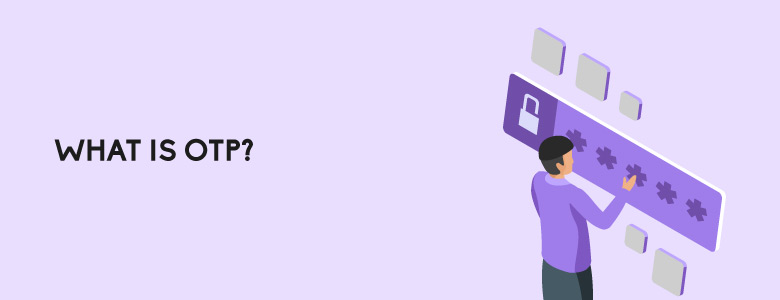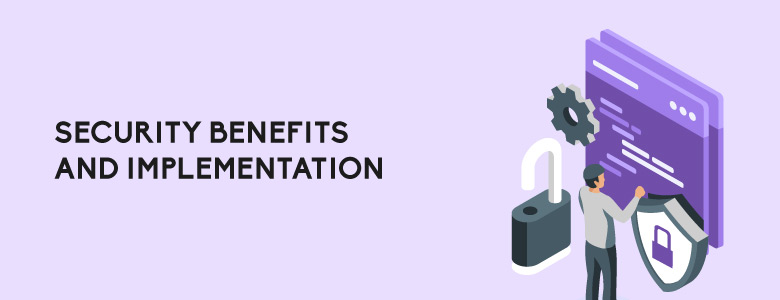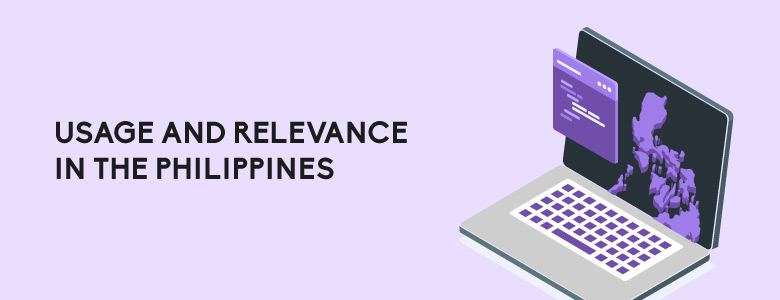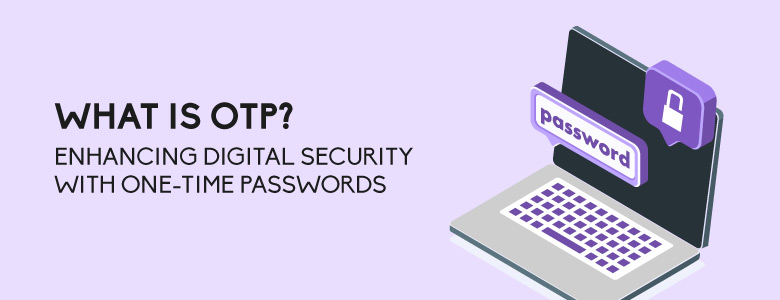Cyber threats are constantly changing, so we need strong security measures to protect our sensitive information. One effective tool that many people use is the One-Time Password (OTP). This article explains what OTP is, its benefits, how it works, and why it’s important in the Philippines.
What is OTP?

A One-Time Password (OTP) is a unique code used only once to verify your identity, adding an extra layer of security. Unlike regular passwords, OTPs are time-sensitive and can’t be reused, making them very effective against cyber threats. Over time, OTPs have become an important part of modern security systems, especially in multi-factor authentication (MFA).
OTPs are created in different ways to ensure they are unique and hard to predict. Time-Based OTPs (TOTP) use the current time and a secret key, changing every 30 to 60 seconds. HMAC-Based OTPs (HOTP) use a counter that increases with each request, generating a new code each time. Some systems also use random numbers combined with cryptographic methods to create OTPs.
OTPs can be sent through various channels, making them accessible and secure. Common ways to receive OTPs include SMS, email, authenticator apps like Google Authenticator, and hardware tokens like RSA and YubiKey. Each method has its own benefits, catering to different security needs and user preferences.
Security Benefits and Implementation

OTPs provide strong protection against phishing attacks, which are common online threats. Even if a cybercriminal gets your regular password, they still can’t access your account without the one-time password. This makes OTPs very effective at preventing unauthorized access.
OTPs also stop replay attacks, where attackers try to use stolen data to impersonate you. Since each OTP can only be used once, any attempt to reuse it will fail, adding another layer of security. Additionally, OTPs are complex and expire quickly, making it nearly impossible for attackers to guess them before they become invalid.
OTPs are an important part of MFA, adding extra security beyond just using a regular password. Users need to enter both their password and the OTP, which greatly improves security. In Zero Trust Network Access (ZTNA), no user or device is trusted automatically. OTPs are essential for confirming identities and allowing access to important resources, ensuring that only authorized users can get in.
Usage and Relevance in the Philippines

In the Philippines, OTPs are widely used across different sectors to improve security. Major banks have implemented OTPs to secure online banking. Customers receive OTPs via SMS or email, which they need to complete transactions. This ensures that even if someone’s account credentials are stolen, unauthorized transactions are prevented.
E-commerce platforms in the Philippines also use OTPs to verify transactions. This helps prevent fraud and builds trust with customers, making online shopping more secure. The Philippine government has adopted OTPs in various e-government services. This ensures that citizens’ data is protected when accessing services like PhilSys, the national ID system.
Telecom companies use OTPs for customer verification during service changes and SIM card registrations. This ensures that only authorized users can make changes to their accounts, adding an important layer of security in the telecom sector.
If you would like to learn more about OTP and its benefits for business security through ZTNA, contact us at marketing@ctlink.com.ph to learn more!


One Response